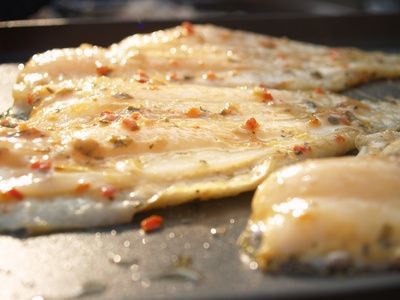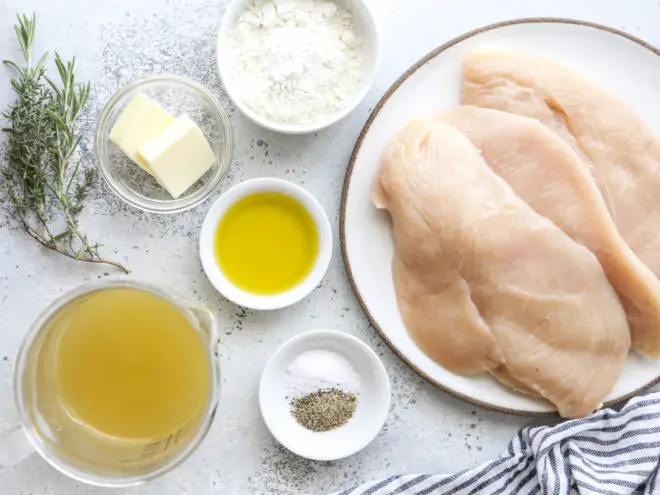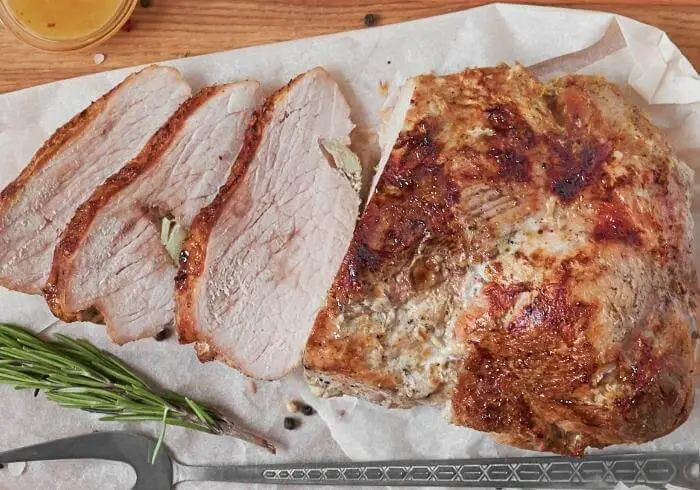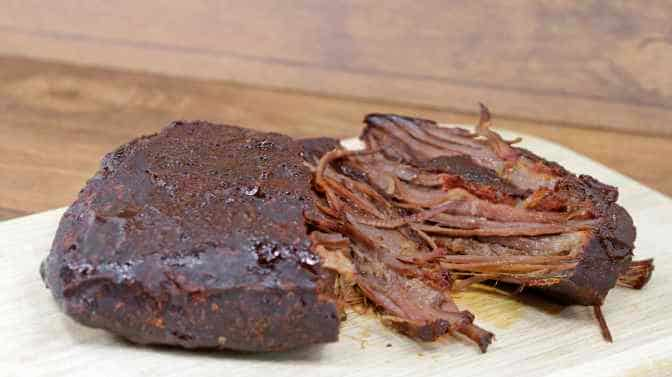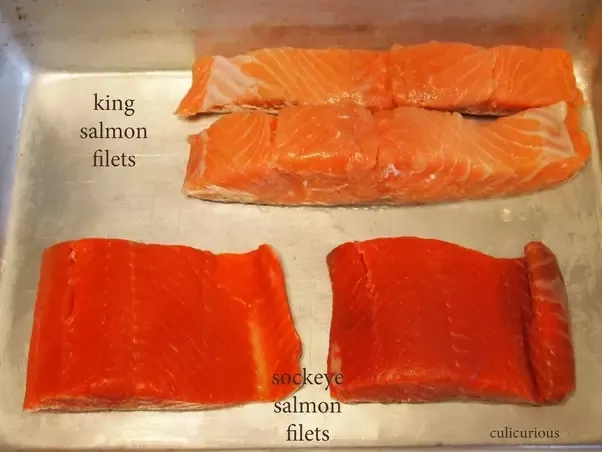Fish is an easy-to-prepare and nutritious food option, but cooking it can be tricky, especially when it comes to frozen fish. In recent times, convection ovens have gained popularity for their efficiency in cooking food, including frozen fish. In this article, we will guide you step by step on how to cook frozen fish using a convection oven and achieve perfect results every time.
Introduction
Firstly, it’s important to understand that cooking fish properly is crucial as it’s a delicate protein source that can easily get overcooked and end up dry. The use of a convection oven offers benefits such as even heat distribution, faster cooking times and reduced energy usage compared to conventional ovens.
In this article, we’ll discuss choosing the right type of fish for your convection oven, methods for preparing the fish for cooking, setting up the temperature and time settings on your oven properly, placing the prepared fish into the oven effectively and checking for doneness afterward.
We’ll also provide serving suggestions as well as tips on problem-solving common issues encountered while cooking frozen fish in a convection oven.
Choosing the Right Type of Fish
The type of frozen fish you choose is essential when preparing to cook with your convection oven. Seafood options like salmon and cod are great choices that work well with convection ovens.
When choosing fresh or frozen fish from your local grocery store or seafood market, ensure that the flesh has no discolorations or dull spots. For pre-packaged options make sure they are not expired before purchasing them.
Preparing the Frozen Fish for Cooking
If your frozen seafood isn’t pre-cut into fillets already it would need to be done before seasoning appropriately for flavoring marinations with spices like garlic powder or dried herbs, give great results! However too much seasoning can overpower taste so add according to preference.
It is best to thaw frozen fish before cooking. The quickest methods for thawing out frozen fillets include soaking in cool water for a few hours or defrosting in the refrigerator overnight. Once the fish has been defrosted, you can start preparing it for cooking.
Next step is seasoning and marination which is optional but adds flavor to a simple dish. A simple combo of olive oil, lemon juice, and herbs like dill or parsley make fantastic additions. If you decide not to go with marinating yours it can always be done by brushing on your favorite oil (olive /coconut) before placing in oven-safe dish.
Tools needed for preparing frozen fish include:
- Knife: For cutting fish into equal pieces if needed
- Cutting board: For cutting fillets
- Seasoning options mentioned above
- Cooking brushes: To help spread oil on fish fillets
Setting up the Convection Oven for Cooking Frozen Fish
The next step is setting the convection oven properly for cooking your chosen type of fish.
- The ideal temperature settings required will vary according to the kind of seafood being prepared. Salmon should be cooked at 375°F degrees whereas cod should be set at 350°F.
- Time settings based on weight and thickness of the frozen fish as well as how long they have been thawed out need to be adjusted accordingly.
- Ensure that your convection oven is preheated correctly using predetermined heating times instructed by your particular brand’s user manual.
Placing The Prepared Fish In The Convection Oven
Placing prepared dishes into a convection oven requires proper positioning and pacing them evenly on baking sheets or pans which fit the size appropriately without overcrowding ingredients.
Using different sized materials such as aluminum foil, parchment paper often make great disposable options and are also often safe to use when it comes to eliminating residue forming at base problems while browning occurs evenly over entire sheet pan. Cooking containers which can be fit for different fish types such as roasting trays (for larger fish) or 8×8 baking dishes (for fillets) that are oven-proof.
Checking the Doneness of Cooked Frozen Fish
Before serving frozen fish to guests, it’s crucial to ensure it’s fully cooked. Factors like texture, color change, and odor indicate when the fish has been cooked perfectly.
Signs that a piece of frozen seafood is ready to come out of the oven include:
- A change in texture: The flesh should flake apart easily.
- A change in color: When cooked, salmon will turn light pink and cod will become opaque.
- Odor: The smell will indicate whether or not you’ve reached ideal cooking times which vary according to thickness/weight as well as how long its been thawed previously.
If you’re unsure whether or not your frozen seafood has been adequately prepared, test with thermometers for internal temperature reads instructions applicable to reading equipment used.
Serving Suggestions for Cooked Frozen Fish in a Convection Oven
Once finished cooking your favorite type of frozen fish successfully, the next step is deciding on perfect garnishes and enjoying paired side dishes.
For toppings and garnishes consider lemon wedges or cilantro sauce which can help enhance flavors depending on protein source. Side dish options include boiled potatoes which complement many different seafood varieties well since they soak up juices from pan baked with each transaction..
Problem Solving Tips
Some common problems encountered while cooking frozen fish in a convection oven include overcooking resulting in dryness whereas residue forming at base problems if using certain types of pans during browning process.
Solutions when encountering these problems include removing ingredients from oven prematurely or experimenting with alternative methods like using parchment paper liners or using devices for accurate time-keeping!
Conclusion
In conclusion, incorporating convection ovens into our kitchens makes it easier than ever to make dishes with delicate foods like frozen fish! By understanding how different types of seafood react to particular temperature and time requirements for cooking well, and following directions in this article precisely, you can ensure a great outcome from start to finish.
With these source tips under your belt there’s no excuses left why you can’t try out different recipes using fresh or frozen fish as base ingredient. Try experimenting by changing up seasoning options while adjusting oven settings according to recommended temperature ranges/settings listed above depending on type of protein you have chosen for each dish making sure they are good quality by following ideal freshness criteria provided too which give rich satisfaction that will fulfill those cravings!
Q&A
- Q: Can I cook frozen fish directly in the convection oven? A: Yes, you can cook frozen fish directly in the convection oven. However, it is recommended to thaw the fish first for better results.
- Q: How long would it take to cook frozen fish in a convection oven? A: The cooking time may vary depending on the type and thickness of the fish. Generally, it takes between 20-30 minutes at 375°F (190°C) for frozen fish to cook evenly in a convection oven.
- Q: Do I need to add oil or butter to the fish before cooking in a convection oven? A: It’s not necessary to add oil or butter as frozen fish already contains moisture that will help it cook effortlessly in a convection oven.
- Q: Can I grill or broil frozen fish in a convection oven? A: Yes, you can grill or broil frozen fish using a convection oven. But make sure to keep an eye on it as this cooking method tends to be quicker than baking and can result in overcooked fish if left unsupervised for too long.
